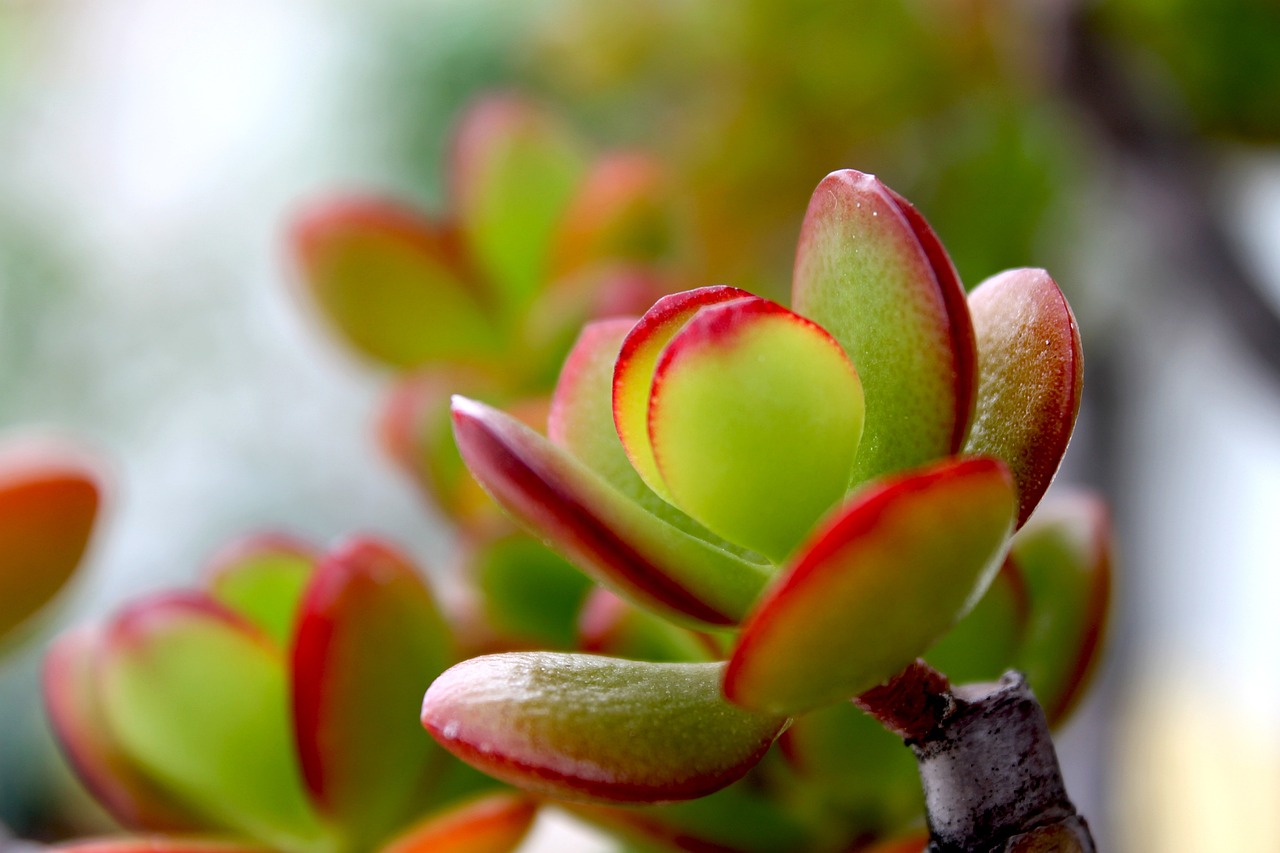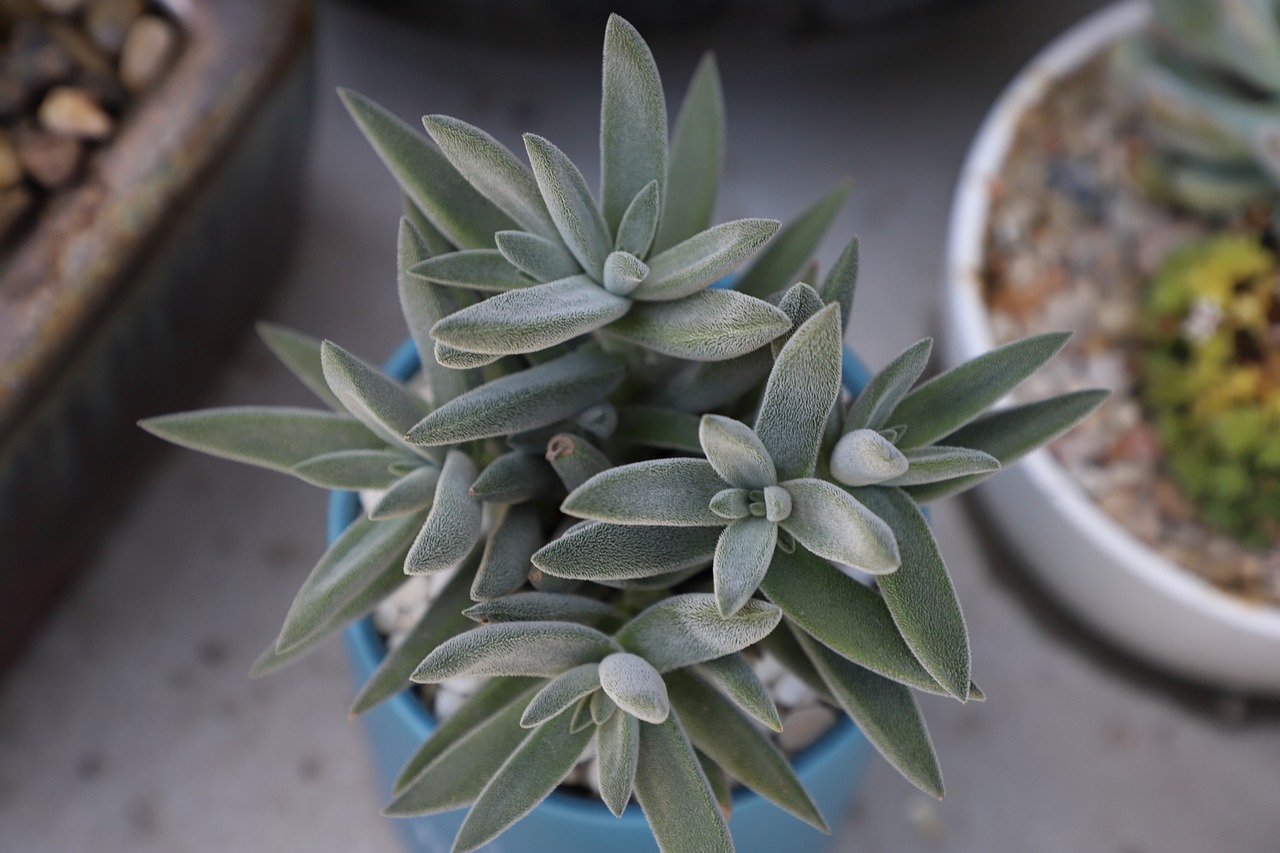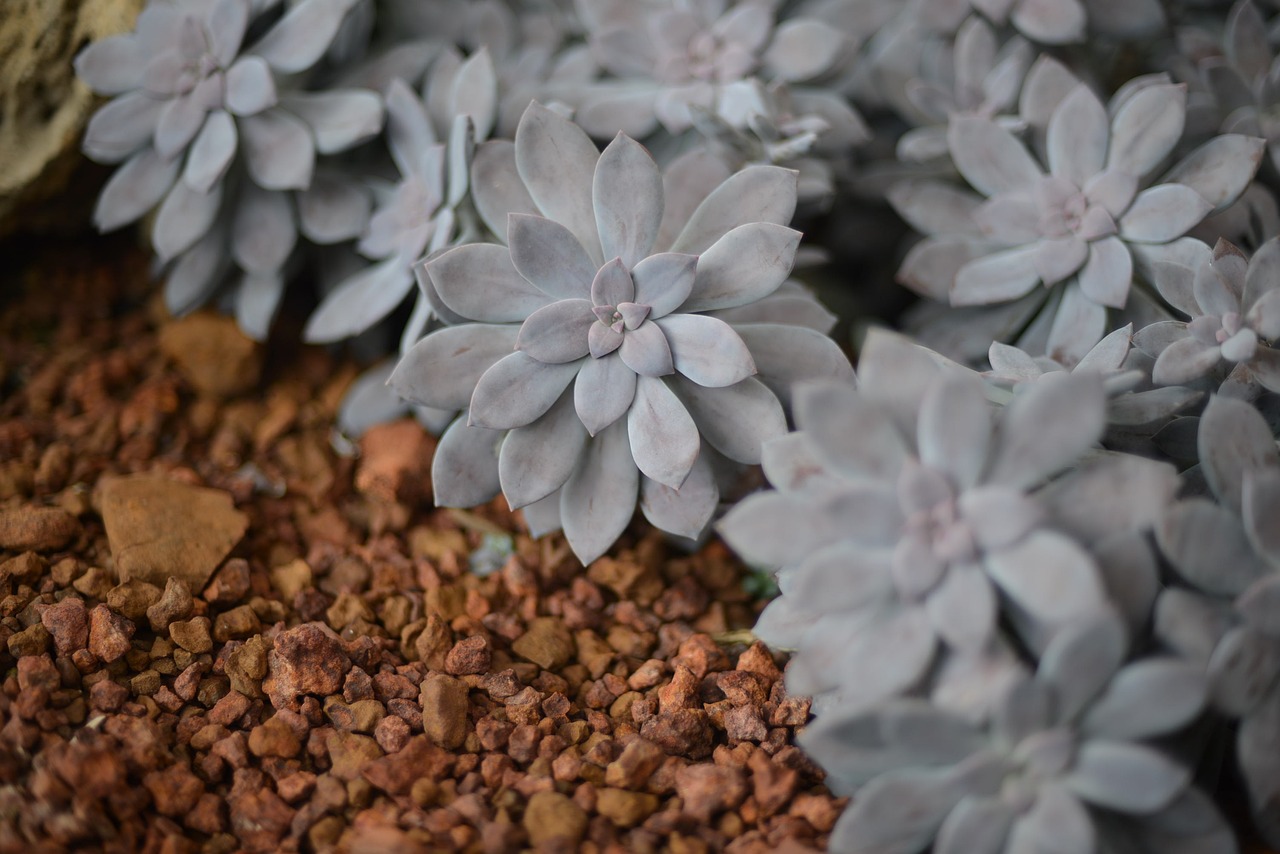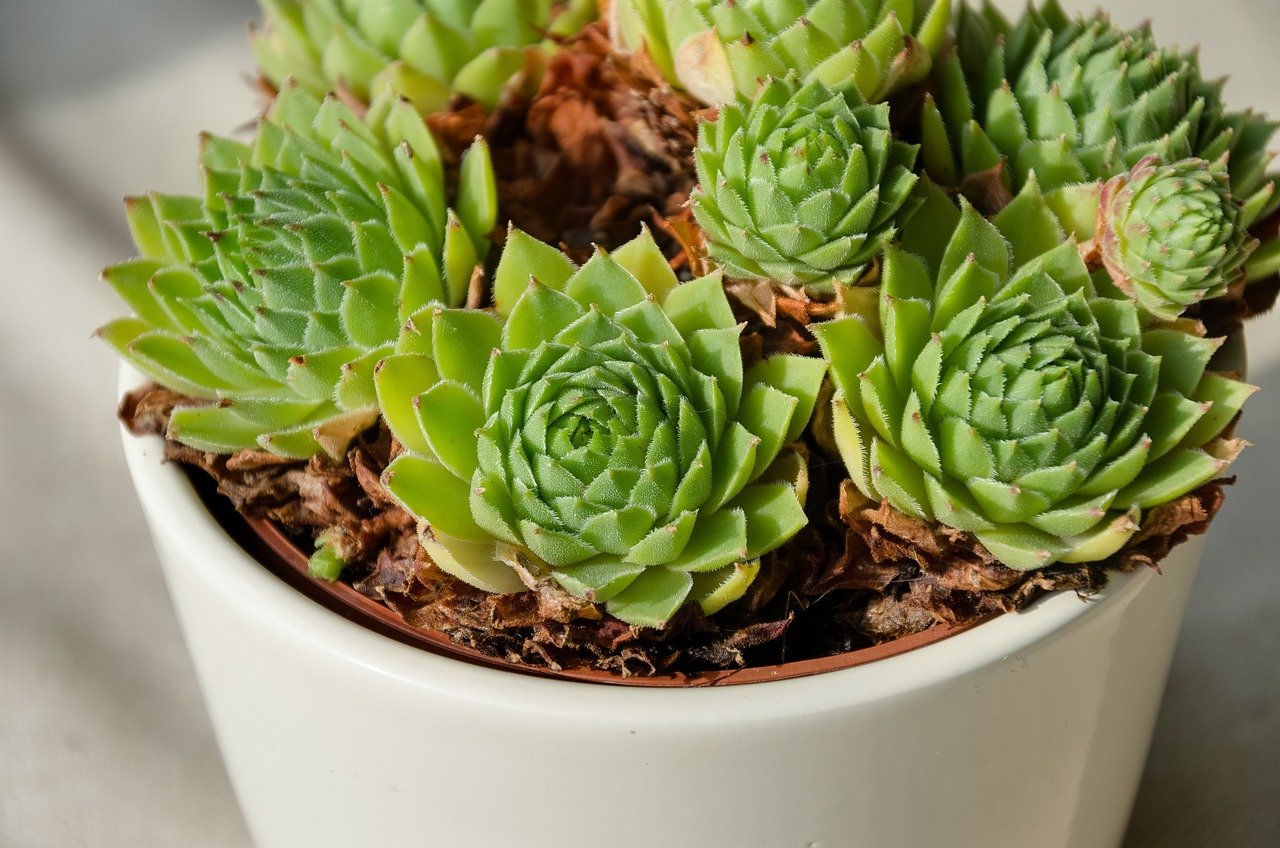Kalanchoe: Features and Care
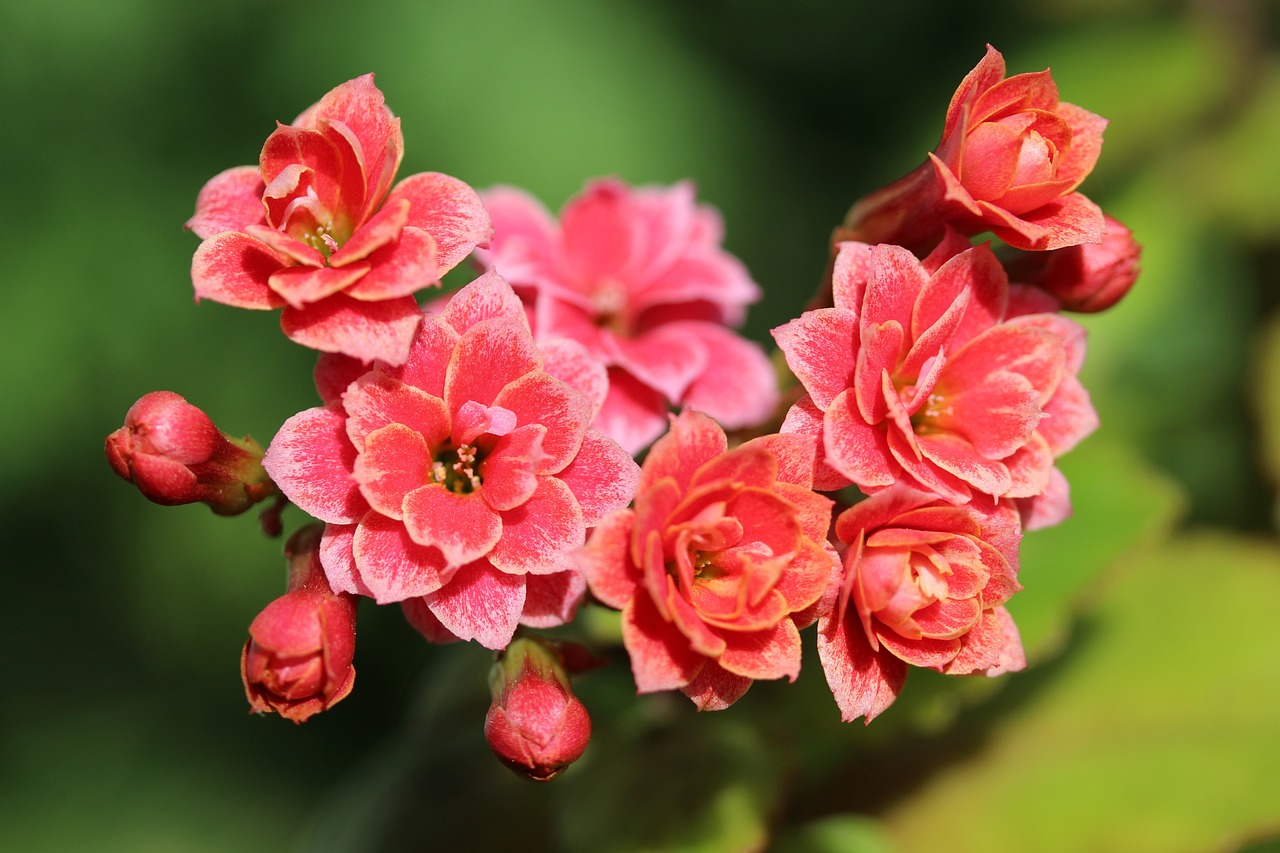
Kalanchoe is a succulent plant known for its vibrant flowers and thick, glossy leaves. Its cheerful and charming appearance makes it a popular choice for indoor and outdoor decoration, particularly during winter and spring.
This article highlights the unique features of Kalanchoe flowers, their cultural and historical significance, and practical tips for cultivation.
Basic Information
- Scientific Name: Kalanchoe
- Family: Crassulaceae
- Origin: Tropical regions of Africa, Madagascar, and Asia
- Appearance: Kalanchoe flowers are small, star-shaped blooms clustered in bunches. Their colors range from red, pink, yellow, orange, and white, offering a wide variety of options depending on the species. Some varieties even feature double petals or curled shapes. These flowers are known for their long blooming period, making them ideal for home decoration.
- Blooming Period: Kalanchoe typically blooms from December to April, though proper care can encourage blooms outside this window.
Cultural Significance
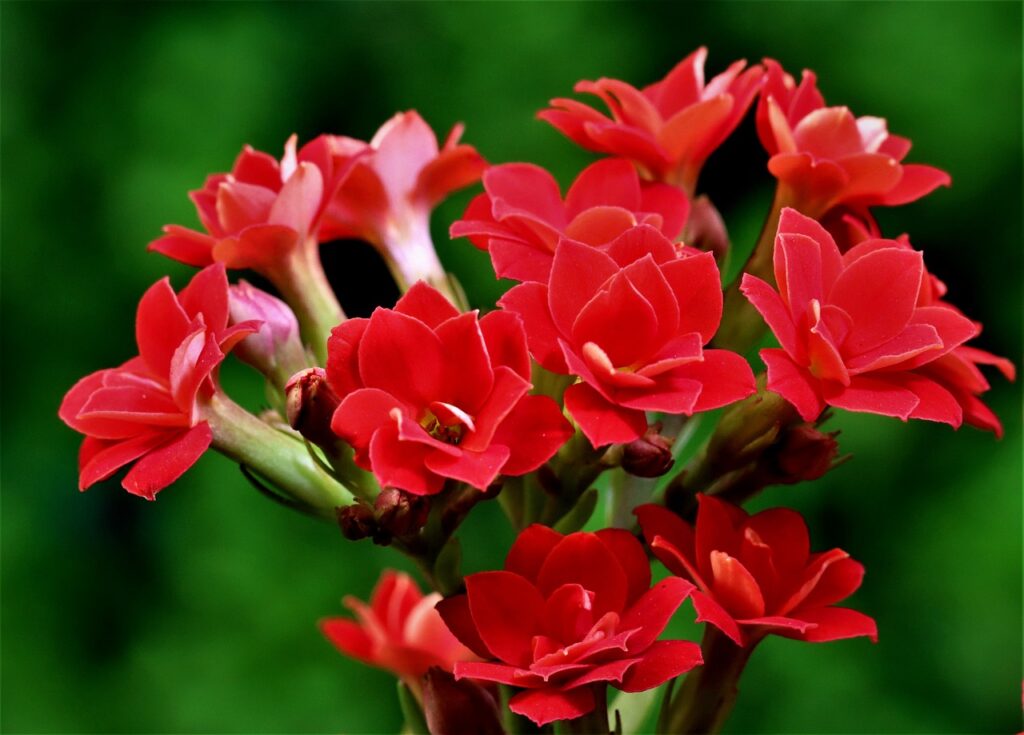
Kalanchoe is beloved around the world for its delicate flowers and ease of care. In China, certain varieties that bloom around the Lunar New Year are considered “flowers of happiness” and are used as good luck charms to decorate homes and offices.
In Europe, Kalanchoe is cherished as a “winter flower” due to its ability to brighten up spaces during the colder months. It is often used as a potted plant or as a gift item. Particularly in Denmark and the Netherlands, breeders have developed a wide range of varieties, elevating Kalanchoe as a symbol of happiness and hope.
Historical Episodes
Kalanchoe was introduced to Europe in the 18th century from Africa and Madagascar. Its robust nature and unique floral characteristics caught the attention of botanists and gardeners, leading to widespread cultivation in botanical gardens.
In the 20th century, plant breeders in the Netherlands and Denmark enhanced the diversity of Kalanchoe varieties, resulting in the colorful and ornamental types we see today. In Japan, Kalanchoe became popular during the mid-Showa period, valued for its ease of care and its long-lasting blooms, symbolizing “everlasting happiness” in households and offices.
Gardening Advice
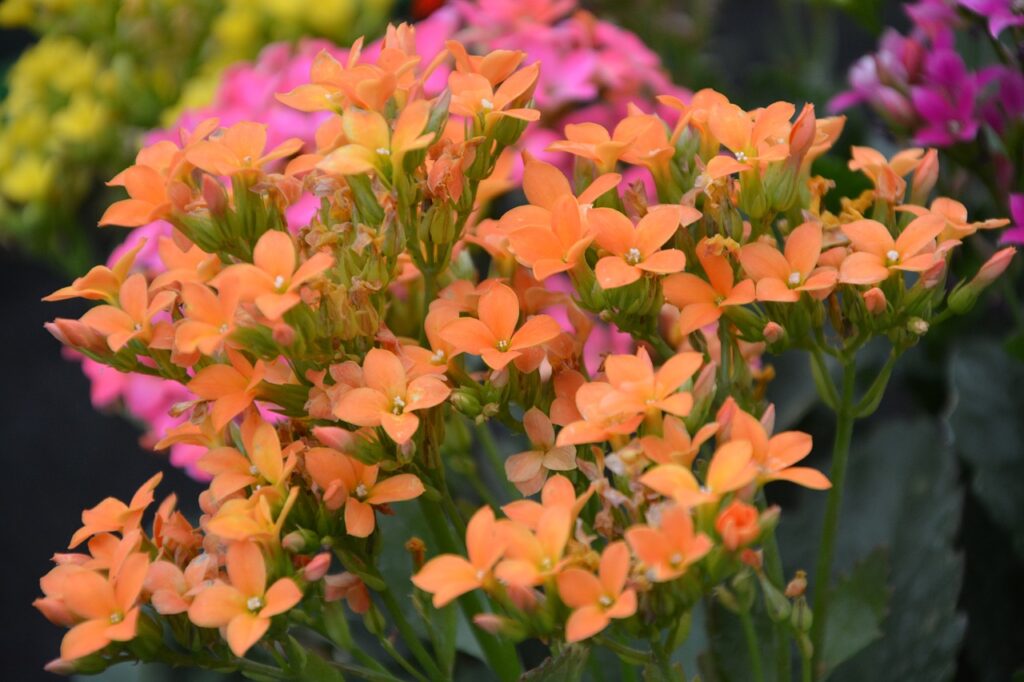
To keep Kalanchoe flowers blooming beautifully, proper care is essential. Here are some practical tips:
Light
Kalanchoe thrives in bright sunlight but avoid harsh, direct sunlight during summer. Indoors, place the plant near a well-lit window.
Watering
As a succulent, Kalanchoe prefers dry conditions. Water thoroughly only when the soil is completely dry. Reduce watering frequency in winter to prevent root rot.
Soil
Use well-draining soil. Succulent potting mix is ideal, or you can mix regular potting soil with sand or perlite to enhance drainage.
Fertilizer
During the blooming period, feed the plant once or twice a month with a phosphorus-rich liquid fertilizer to promote flowering. Avoid over-fertilizing.
Pruning
Remove spent flower stalks promptly after blooming. Trim overgrown stems to maintain a balanced shape and encourage new flower buds.
Repotting
Repot Kalanchoe every 1–2 years in spring or autumn to accommodate root growth. Use a slightly larger pot each time.
Conclusion
Kalanchoe is a delightful plant that brightens up homes with its vibrant flowers, especially during winter and spring. Its long-lasting blooms and low-maintenance nature make it an excellent choice for beginners and experienced gardeners alike.
Bring Kalanchoe into your life and enjoy the beauty and happiness it brings to your living spaces.

